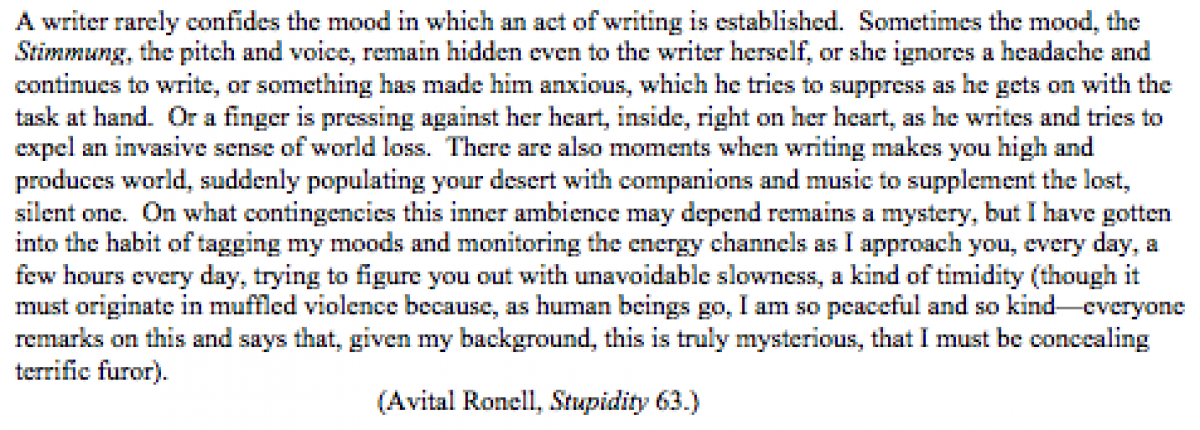Happy Friday!!
Fastwrite:
First, rate the readings/units from the class on a scale from 1 (bad) to 5 (good).
- Friedman, Russell, and Pomeroy and Handke
- Harker, After the Fall, “The Betrayal of Student Activism,” and “Student Protests, Then and Now”
- “Silence Breakers,” “Being Black at Mizzou,” “Why Millenials of Color Can’t Get Ahead,” and “Teaching Slavery to Reluctant Listeners”
- Debate on NPR between Kara and Alec, “Willful Ignorance on Campus,” “A Plague of Hypersensitivity?,” and “Watch What You Say”
- The Hunting Ground
- Campus Sex, Campus Security
Then, write a paragraph on the readings you rated highest and their significance to you, and attempt to in some way answer the following questions.
- How have these readings encouraged you think differently, if at all, either as a student or as a human being?
- Were you able to apply the perspectives these readings provided to your daily life?
- Did they work effectively to allow you to develop your own ideas about current cultural debates?
- Did they present a fair balance of views regarding different subjects?
- What were your take-aways from these readings, and how can they help you in your future outside of this class?
- Finally, did these readings (and They Say, I Say) help you to learn writing skills you did not previously have in your toolbox? In other words, has your writing for this class given you more confidence for how you will approach writing assignments in the future?
Format and Structure of Presentations
Presenters:
- Be prepared to give your presentation at least three times to three different groups of your classmates for about 6-7 minutes at a time.
- Be sure to ask questions of your audience at the end of your presentation. These questions could either ask for feedback, or ask for how your audience might think differently about your topic given your argument/viewpoint.
Audience:
- Stay focused and engaged with the presenter and his/her ideas.
- Be ready to ask questions of and give feedback to the presenter.
Monday:
Colin and Tommy, and ….?
Wednesday:
Hannah, Lauren, John, Ryan, Nate, Sam, and Andrea (and possibly Jenn)
Friday:
Colin B., Hannah B. and Hope, Amanda, Corey, Anthony, Liz, and Jack
Groupwork:
With your essay groups, discuss how you plan to structure your presentation. Give people a general indication of what you have in mind, and ask for feedback and additional ideas. Also, discuss any anxieties you may or may not have about presenting your work, and ask for advice on how to develop more confidence with regard to what you will present.
